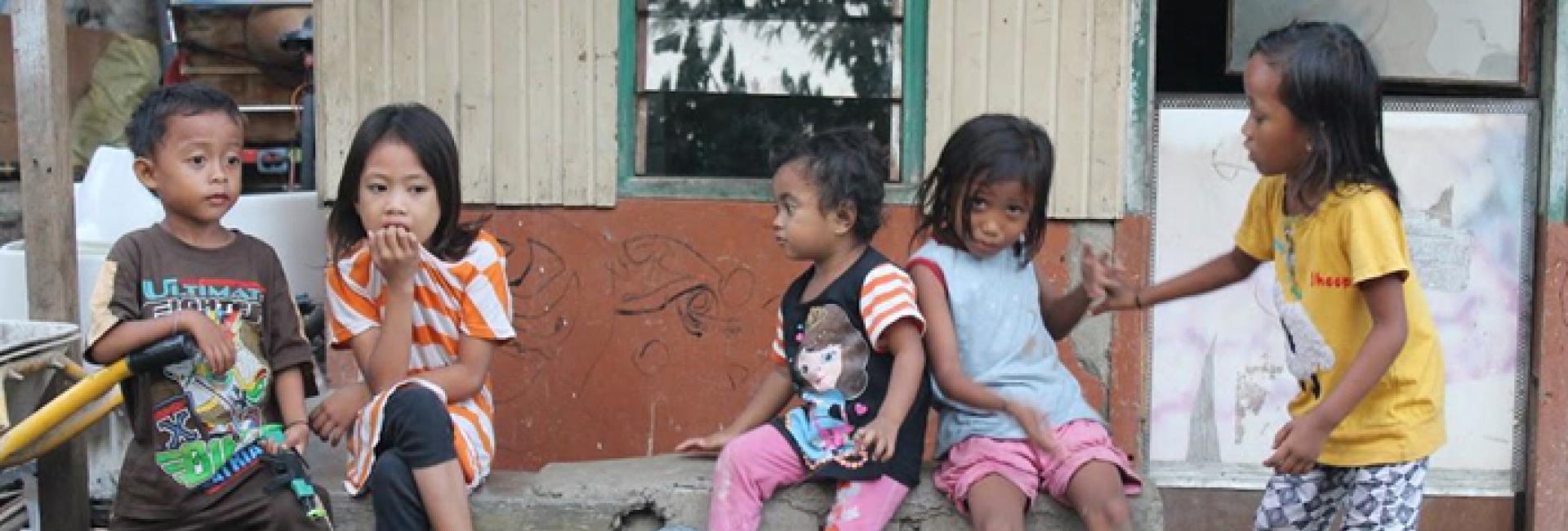This paper attempts to explore deprivations experienced by children. Utilizing national survey dataset collected by BPS and the MODA methodology developed by UNICEF, it shows that children may or may not suffer from deprivation in many dimensions and monetary poverty at the same time. One of the advantages of the MODA approach is the child-focused analysis. Unlike other approaches which estimate deprivation at household level, this methodology allows us to go deeper into children’s individual information. Moreover, the life-cycle approach used in the MODA proves to be very useful to explore variation of deprivations across life periods.
The findings provided in this paper provide evidence that even children who live in better financial condition can also suffer from multidimensional deprivations. Although the deprivation rates for these non-poor children are relatively lower than the rates for poor children, this fact encourages us to have a broader perspective in thinking about how to improve children’s welfare. Deprived children, regardless their financial condition, need help from others to make their life better. However, poor children require greater attention since additional assistances such as financial grants are needed to help them to move out of both poverty and deprivations. This paper also presents the fact that children in different age groups are facing different issues. Opportunity to access adequate basic social needs may not be equal across life periods. Therefore, policymakers and relevant stakeholders should have a comprehensive understanding on children’s deprivation problems in order to provide appropriate assistance policies in improving children life quality.



